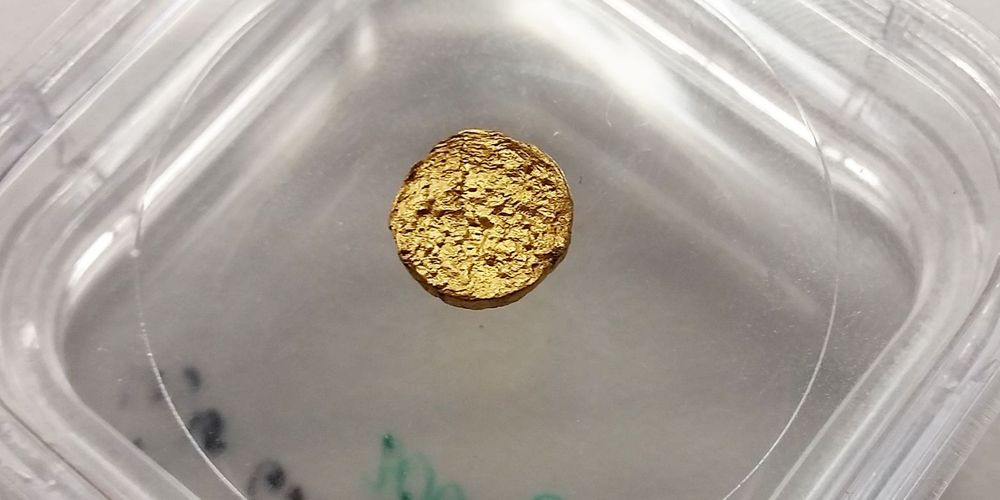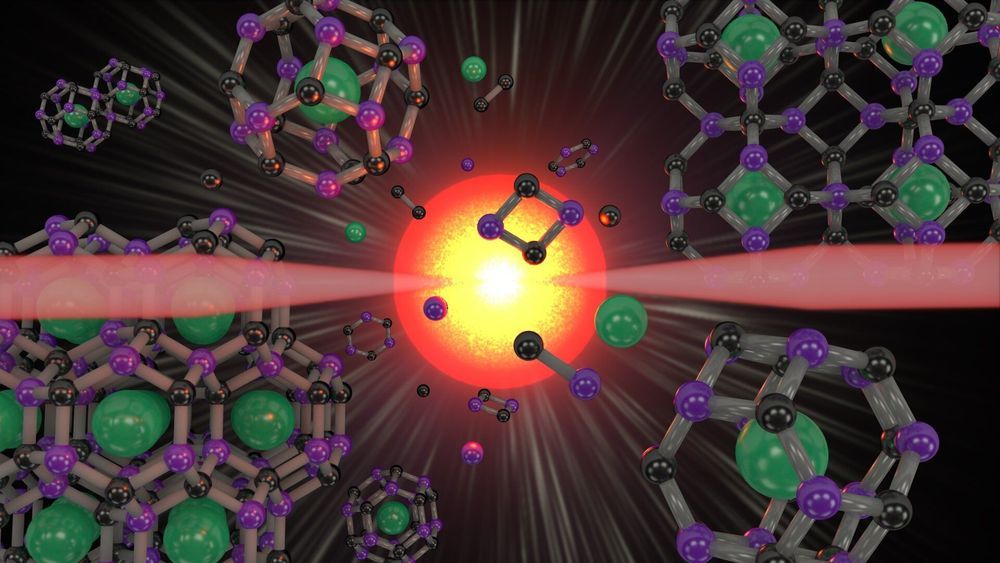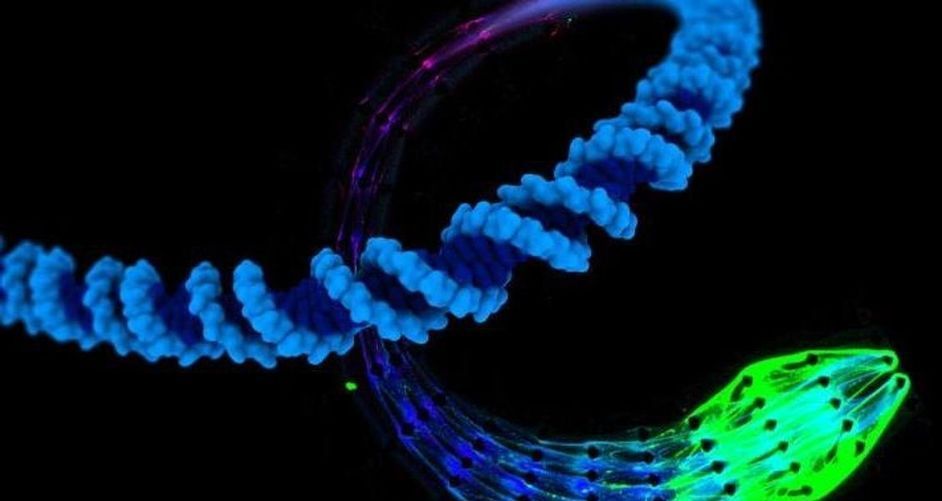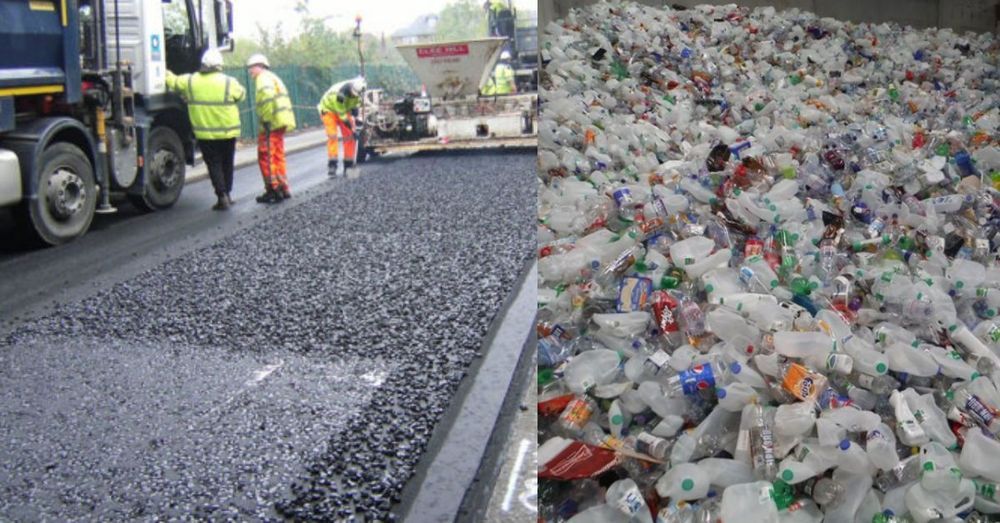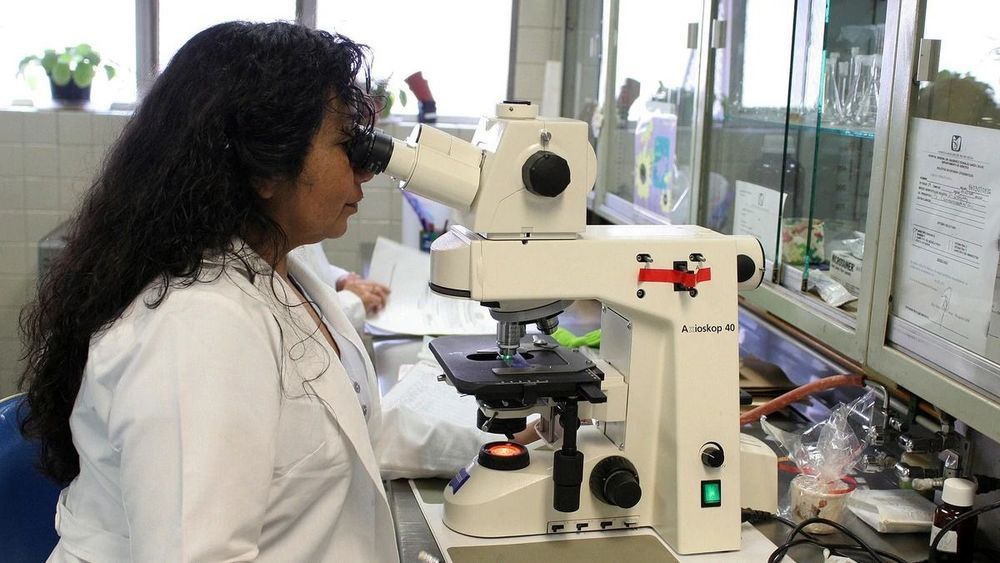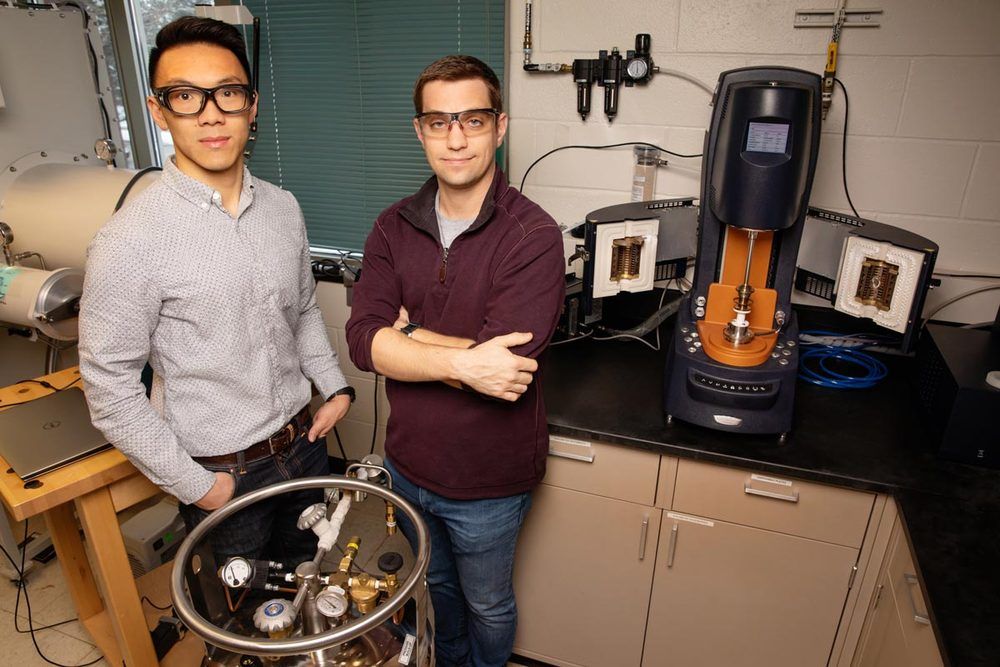ETH researchers have created an incredibly lightweight 18-carat gold, using a matrix of plastic in place of metallic alloy elements.
Archive for the ‘materials’ category: Page 202
Jan 13, 2020
Uranium-reducing electrode cleans up groundwater
Posted by Saúl Morales Rodriguéz in categories: energy, materials
Uranium contaminated groundwater that is unsafe to drink could be cleaned up using the new remediation technique.
An electrochemical technique could prevent the spread of uranium in contaminated groundwater and provide a new way to source material for use in nuclear fuel.
Jan 10, 2020
‘Superdiamond’ carbon-boron cages can trap and tap into different properties
Posted by Genevieve Klien in categories: materials, particle physics
A long-sought-after class of “superdiamond” carbon-based materials with tunable mechanical and electronic properties was predicted and synthesized by Carnegie’s Li Zhu and Timothy Strobel. Their work is published by Science Advances.
Carbon is the fourth-most–abundant element in the universe and is fundamental to life as we know it. It is unrivaled in its ability to form stable structures, both alone and with other elements.
A material’s properties are determined by how its atoms are bonded and the structural arrangements that these bonds create. For carbon-based materials, the type of bonding makes the difference between the hardness of diamond, which has three-dimensional “sp3” bonds, and the softness of graphite, which has two-dimensional “sp2” bonds, for example.
Jan 10, 2020
Scientists create a ‘lifelike’ material that has metabolism and can self-reproduce
Posted by Brent Ellman in categories: innovation, materials
Jan 9, 2020
Company Is Using Plastic Bottles To Make Roads That Last 10x Longer Than Asphalt
Posted by Brent Ellman in category: materials
Once the plastic road is done, it will look just like any other asphalt road. But the advantage is, this new road is more flexible. It can better sustain heat and cold. It will also stand stronger against elemental damages. And since this is an enhanced asphalt form, it will last ten times longer and is proven to be 60% stronger.
This is definitely good news for drivers and commuters. Roads stay longer which means there will be fewer cracks and potholes!
Jan 2, 2020
Scientists Working on Brain-Like Memory Device
Posted by Genevieve Klien in categories: materials, neuroscience
An international joint research team led by National Institute for Materials Science in Japan is currently developing a brain-like memory device using the neuromorphic network material.
Jan 1, 2020
International Space Station astronauts play with fire for research
Posted by Genevieve Klien in categories: materials, space
Playing with fire can be dangerous and never more so than when confined in a space capsule floating 250 miles above the Earth. But in the past week astronauts onboard the International Space Station have intentionally lit a series of blazes in research designed to study the behaviour of flames in zero gravity.
The scientists behind the experiment, called Confined Combustion, say it will help improve fire safety on the ISS and on future lunar missions by helping predict how a blaze might progress in low gravity conditions.
Dr Paul Ferkul, of the Universities Space Research Association, who is working on the project, said: “That is the immediate and most practical goal since NASA can use the knowledge to improve material selection and fire safety strategies.”
Dec 30, 2019
New Solid Polymer-Based Electrolyte Helps Batteries Become Self-Healing, Recyclable
Posted by Genevieve Klien in category: materials
Lithium-ion batteries are notorious for developing internal electrical shorts that can ignite a battery’s liquid electrolytes, leading to explosions and fires. Engineers at the University of Illinois have developed a solid polymer-based electrolyte that can self-heal after damage – and the material can also be recycled without the use of harsh chemicals or high temperatures.
The new study, which could help manufacturers produce recyclable, self-healing commercial batteries, is published in the Journal of the American Chemical Society.
As lithium-ion batteries go through multiple cycles of charge and discharge, they develop tiny, branchlike structures of solid lithium called dendrites, the researchers said. These structures reduce battery life, cause hotspots, and electrical shorts, and sometimes grow large enough to puncture the internal parts of the battery, causing explosive chemical reactions between the electrodes and electrolyte liquids.
Dec 26, 2019
Laser R&D focuses on next-gen particle collider
Posted by Quinn Sena in categories: materials, particle physics
Circa 2016
A set of new laser systems and proposed upgrades at the Department of Energy’s (DOE) Lawrence Berkeley National Laboratory (Berkeley Lab) will propel long-term plans for a more compact and affordable ultrahigh-energy particle collider.
Progress on these laser systems and laser-driven accelerators could also provide many spinoffs, such as a new tool to hunt for radioactive materials, and a miniaturized and highly tunable free-electron laser system enabling a range of science experiments.
Continue reading “Laser R&D focuses on next-gen particle collider” »
Dec 24, 2019
SpaceX achieves key safety milestone for crewed flight with 10th parachute test
Posted by Genevieve Klien in categories: materials, space travel
SpaceX is closing out the year with an achievement that should help it keep on track to fly astronauts on board one of its spacecraft next year. The Elon Musk-led space company finished its tenth consecutive successful parachute system test yesterday, an important safety system milestone that should be a good indication that the latest design is just about ready for use with astronauts on board.
The parachute system is what’s used to slow the descent of SpaceX’s Crew Dragon commercial astronaut spacecraft on its return trip to Earth, once it enters the atmosphere. The current design is the third major iteration of SpaceX’s parachute for Crew Dragon, featuring upgraded materials and improved stitching for the best possible reliability and durability during flight.
Yesterday the team completed the 10th successful multi-chute test in a row of Crew Dragon’s upgraded Mark 3 parachute design – one step closer to safely launching and landing @NASA astronauts pic.twitter.com/nfFjnKygB4
